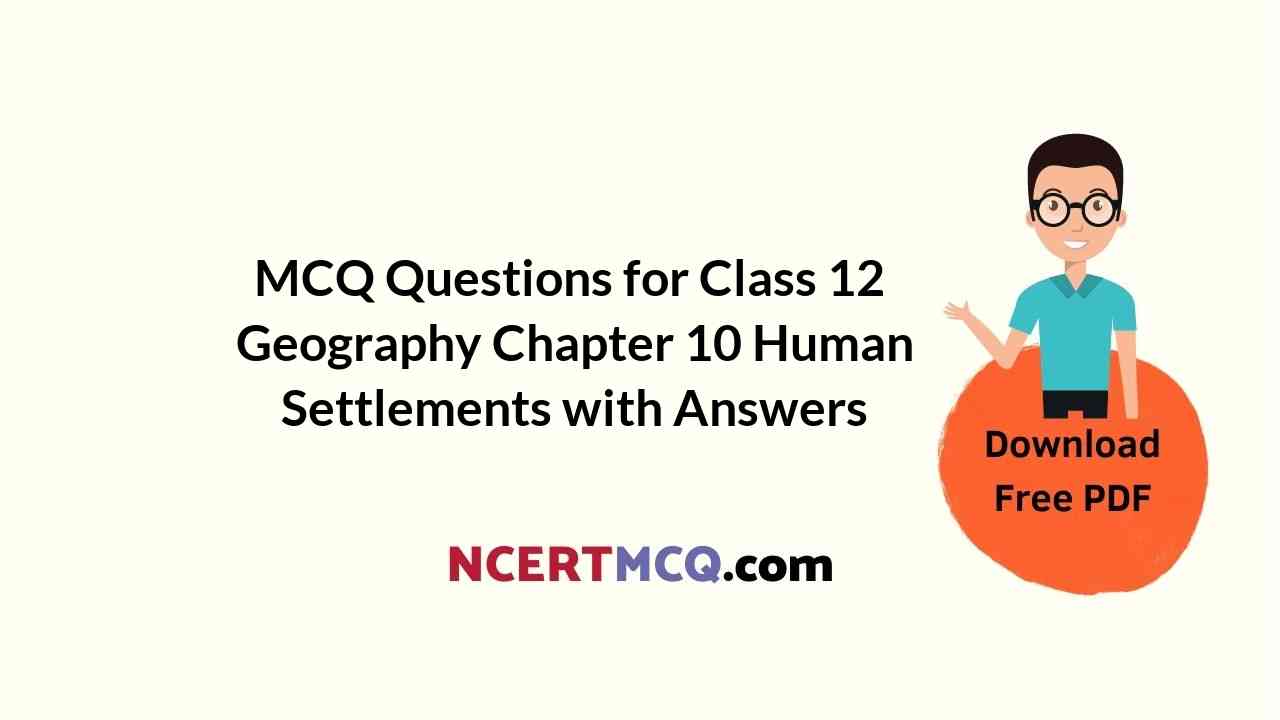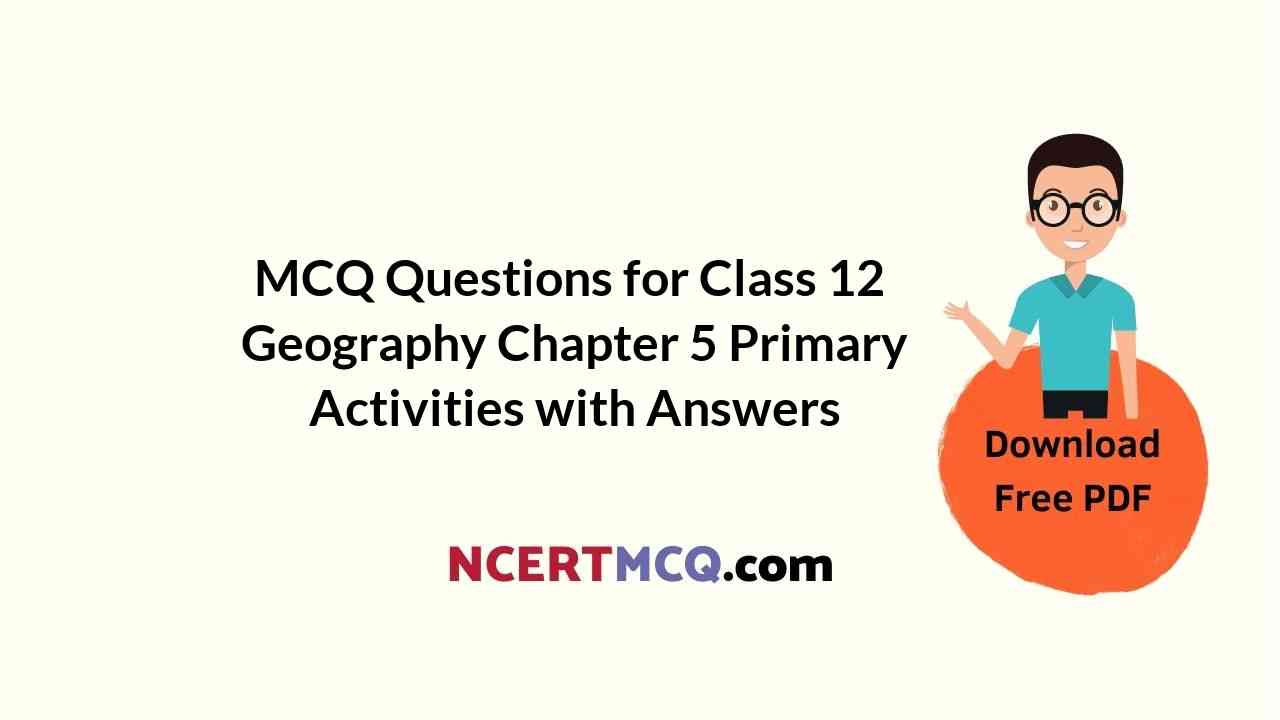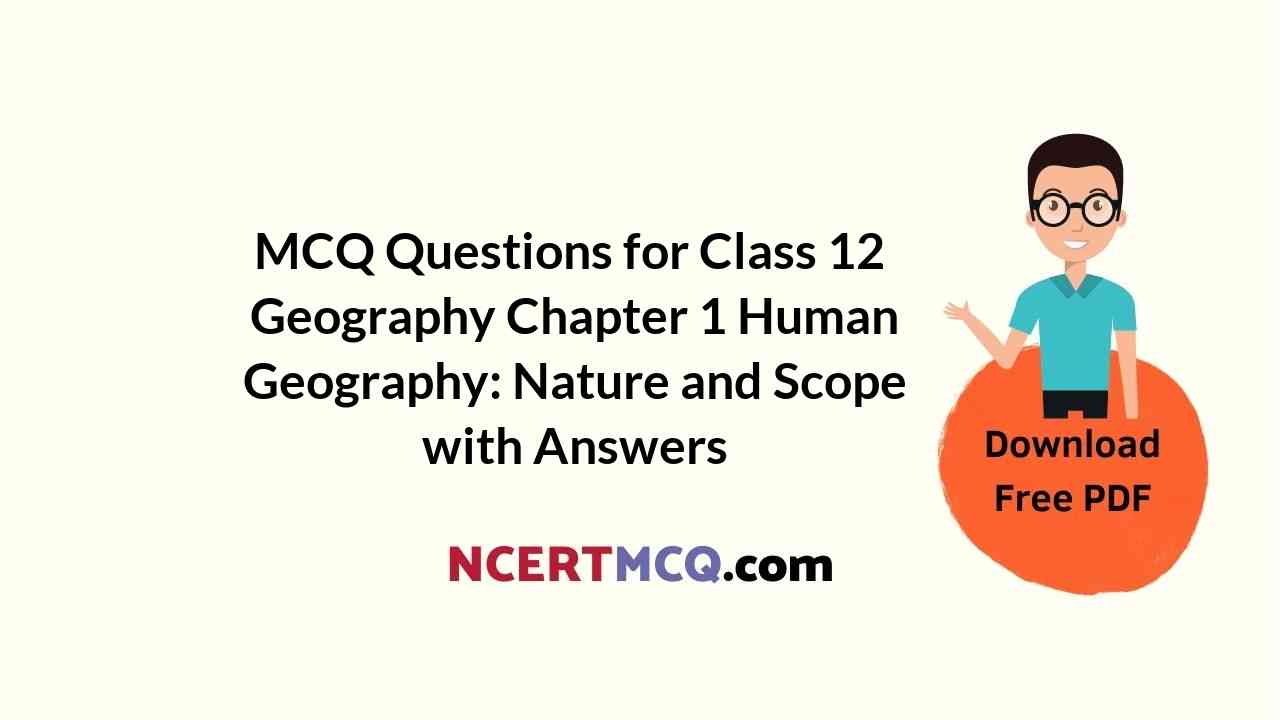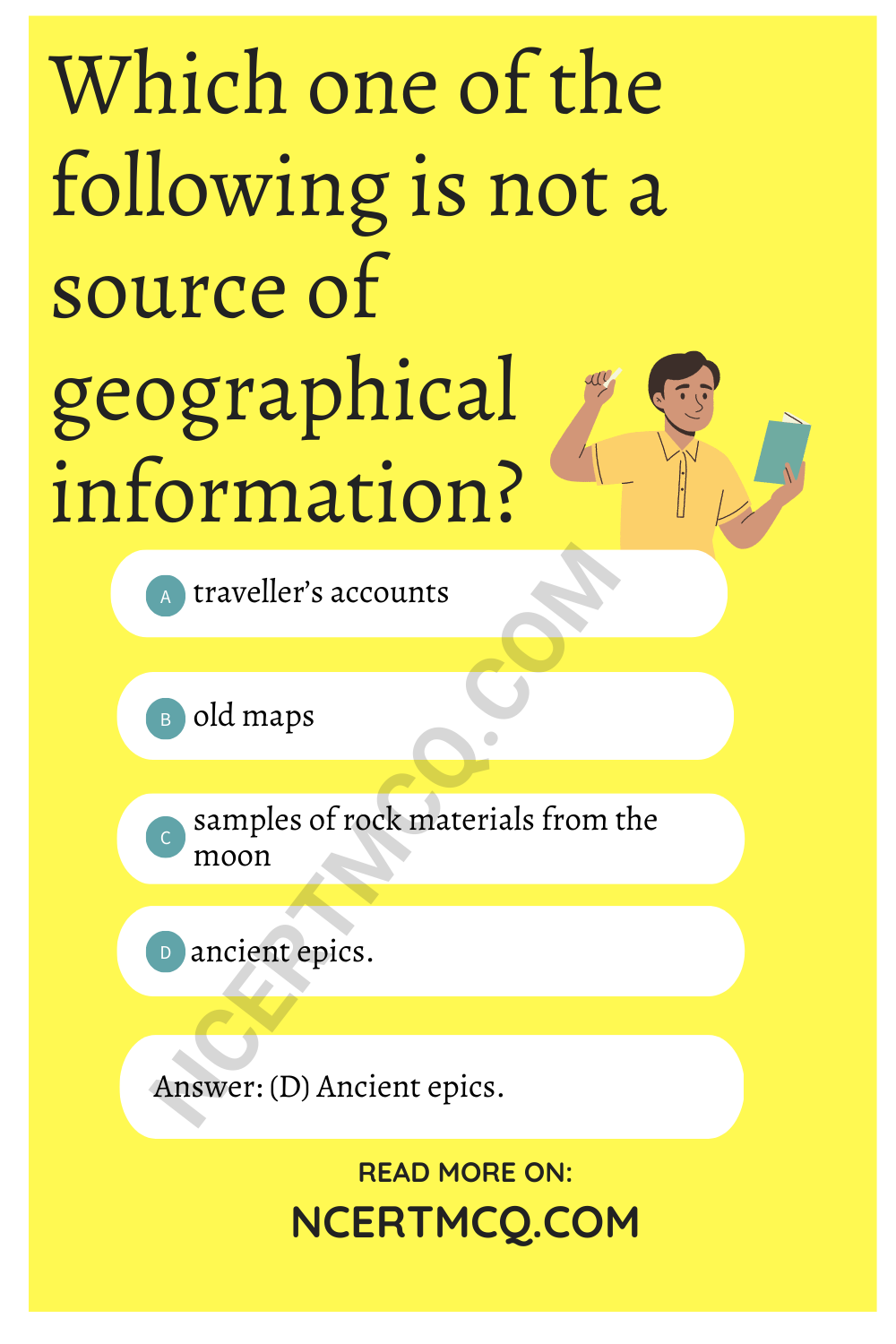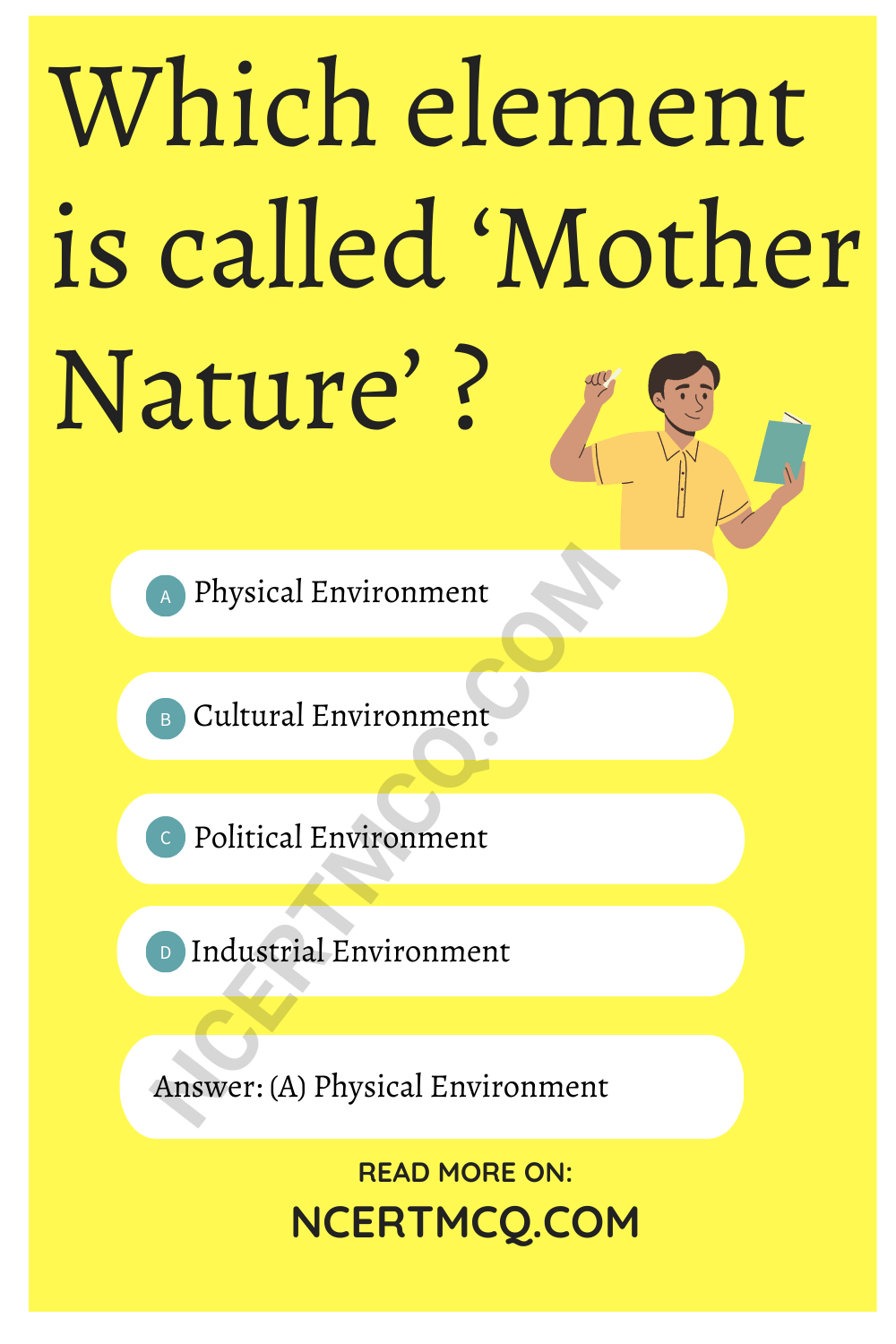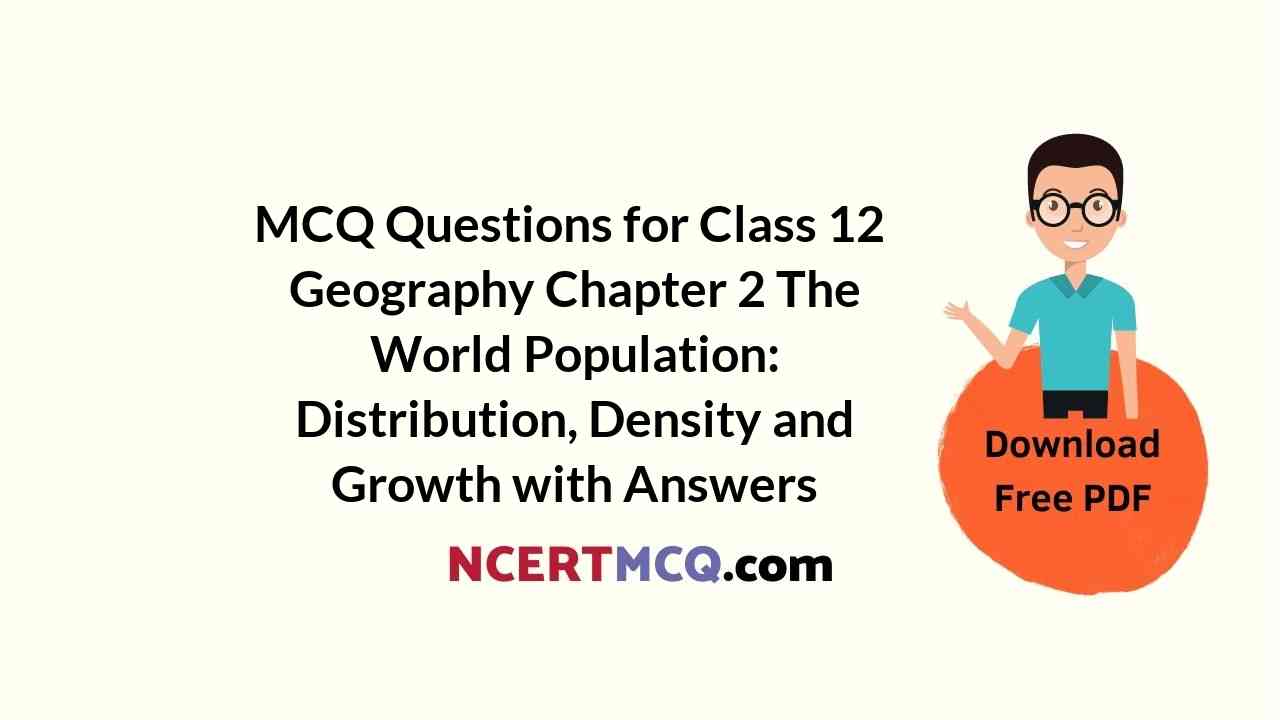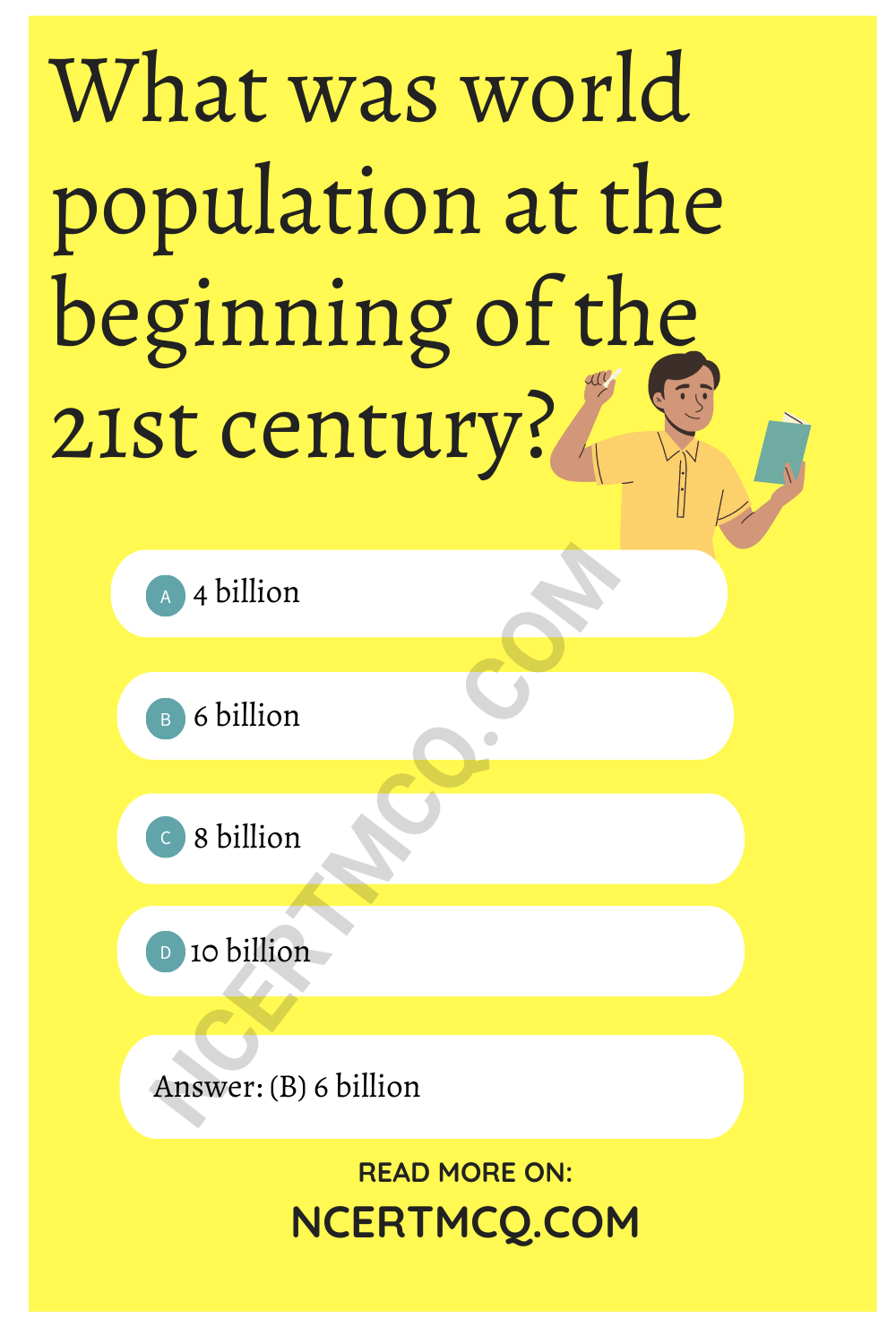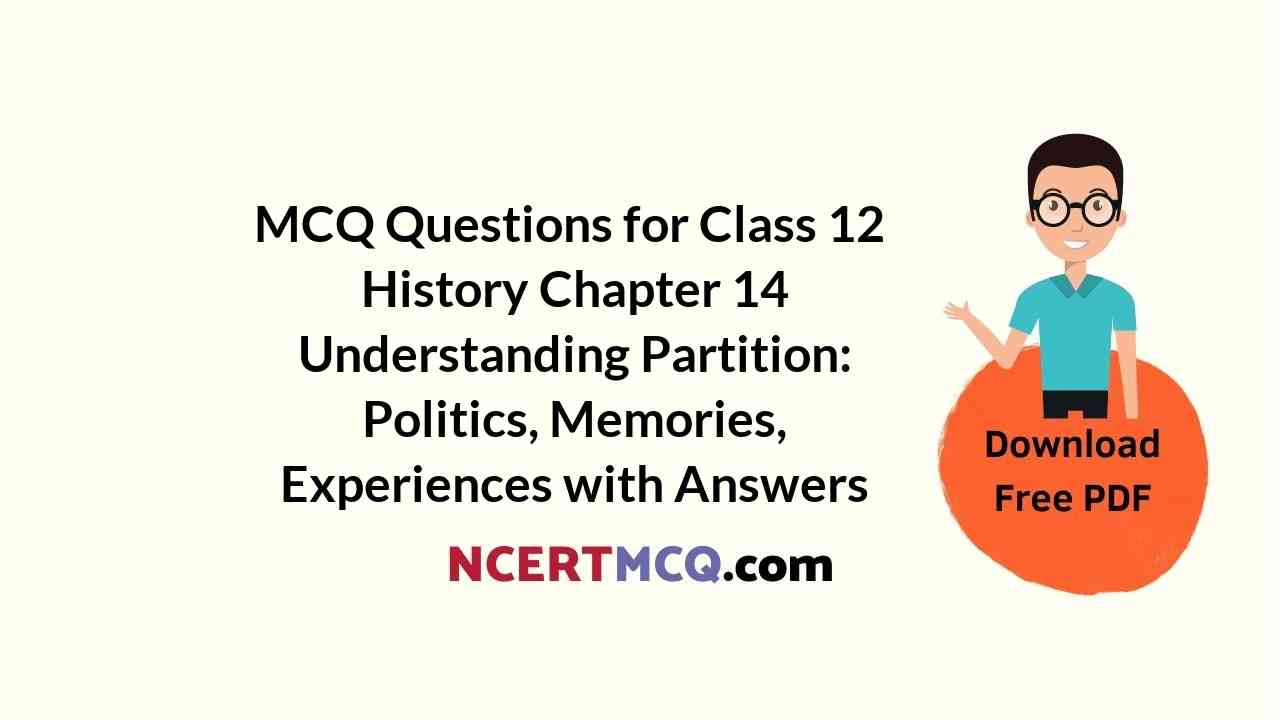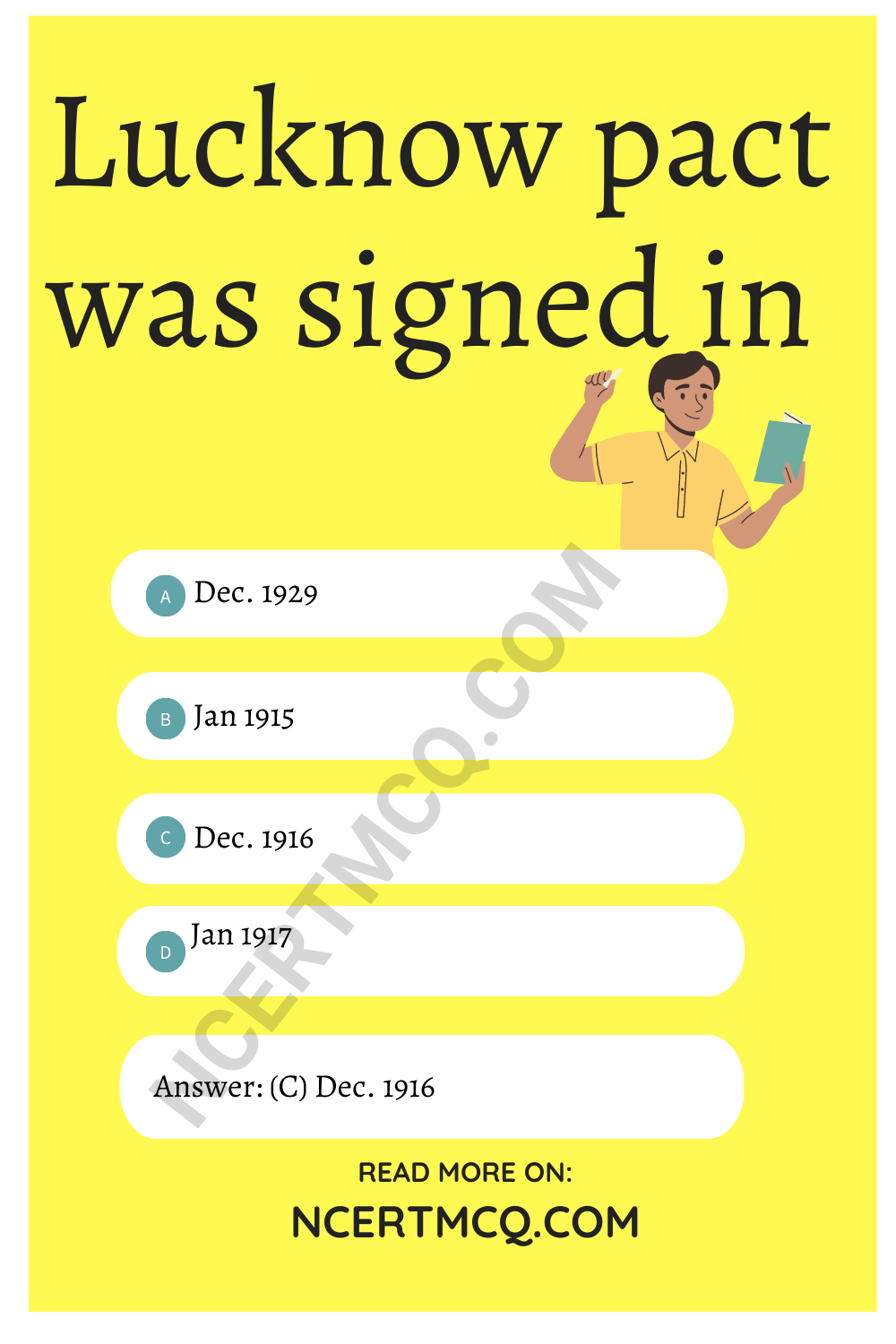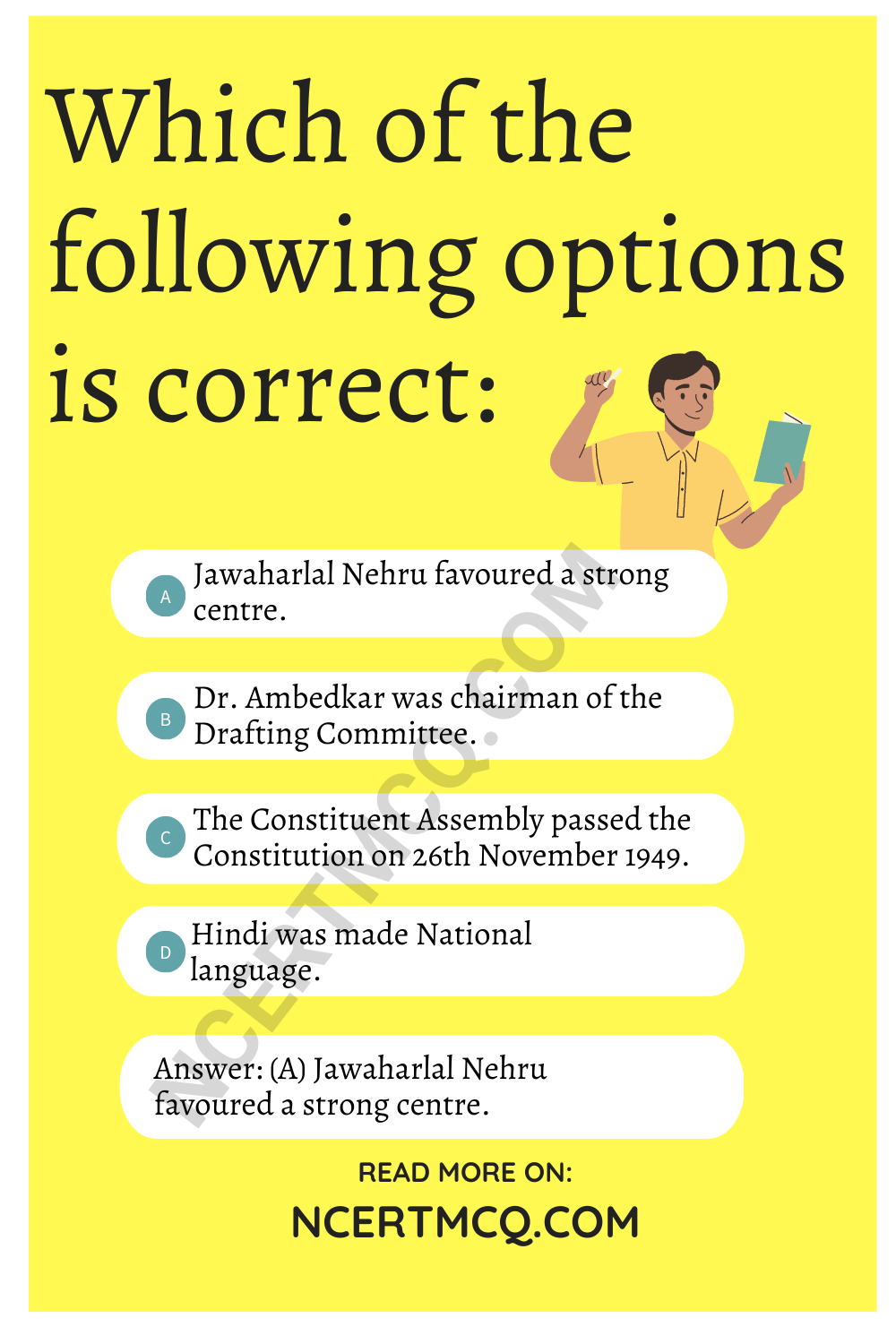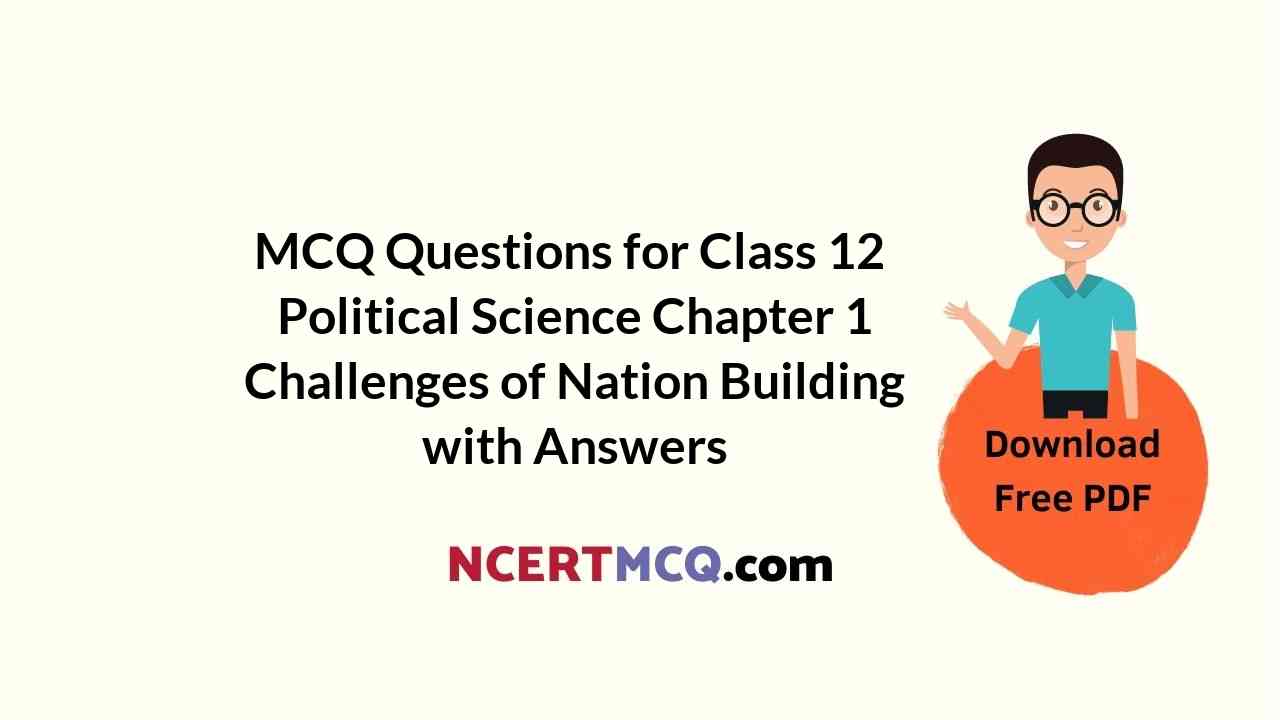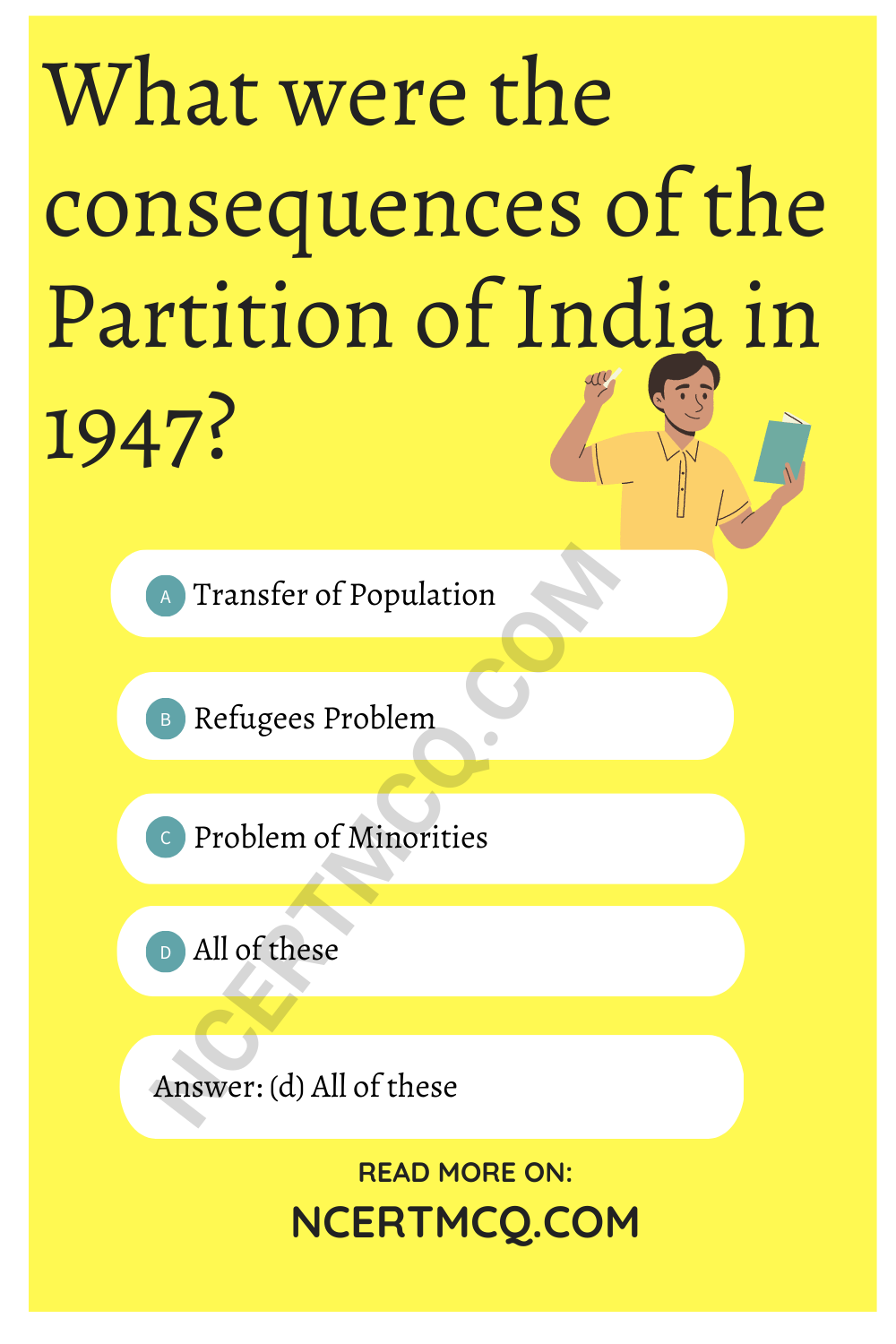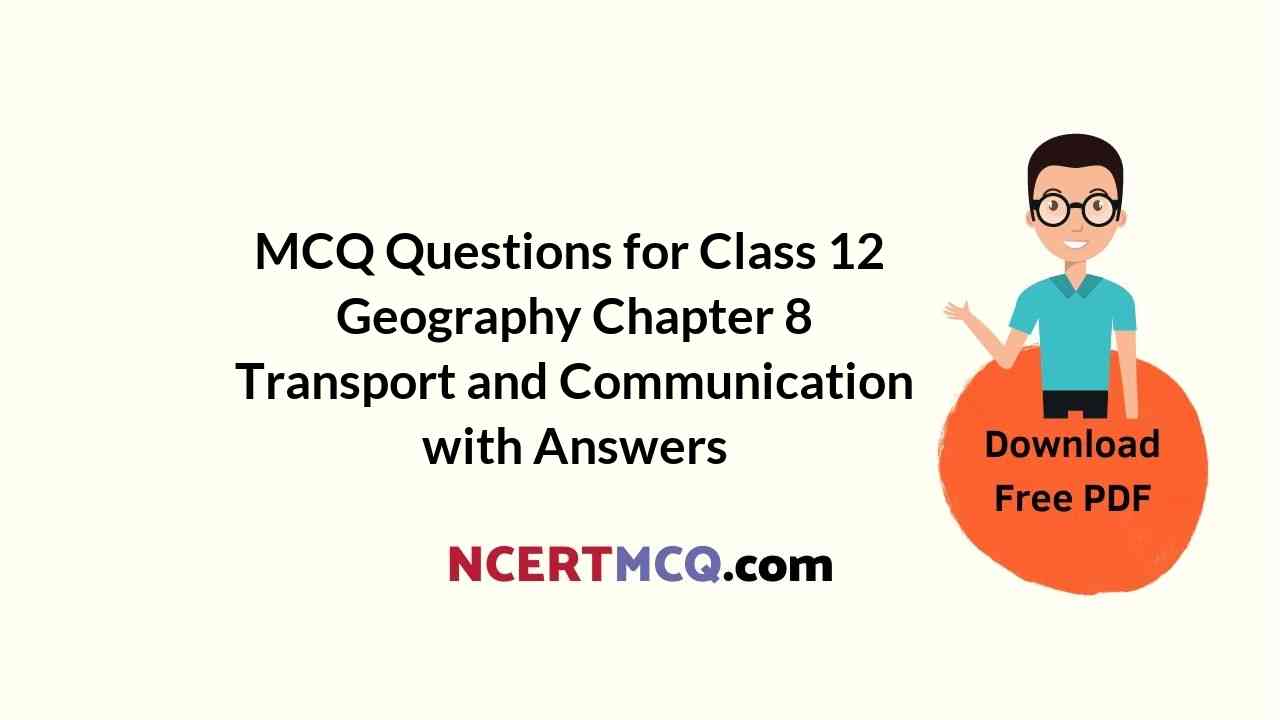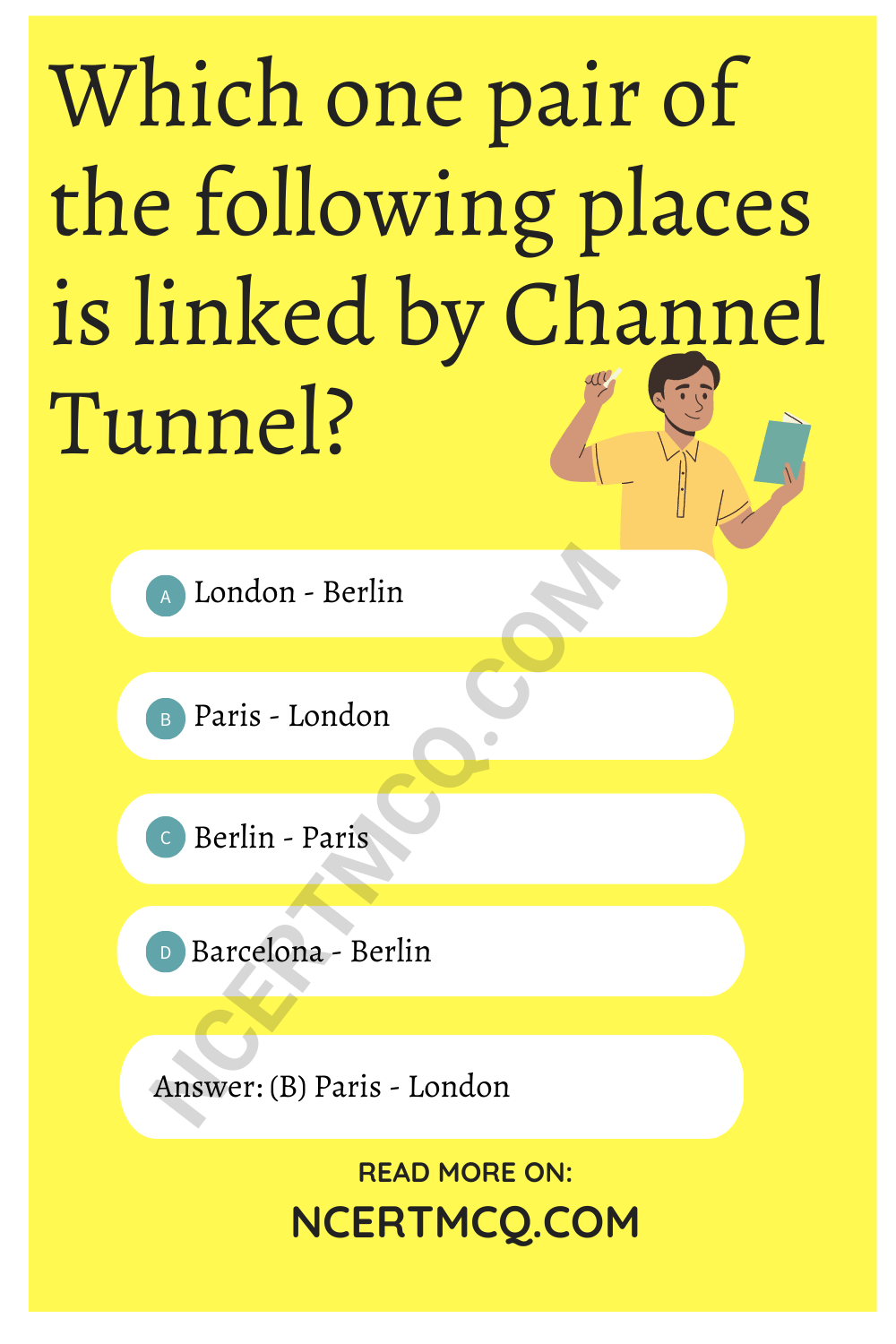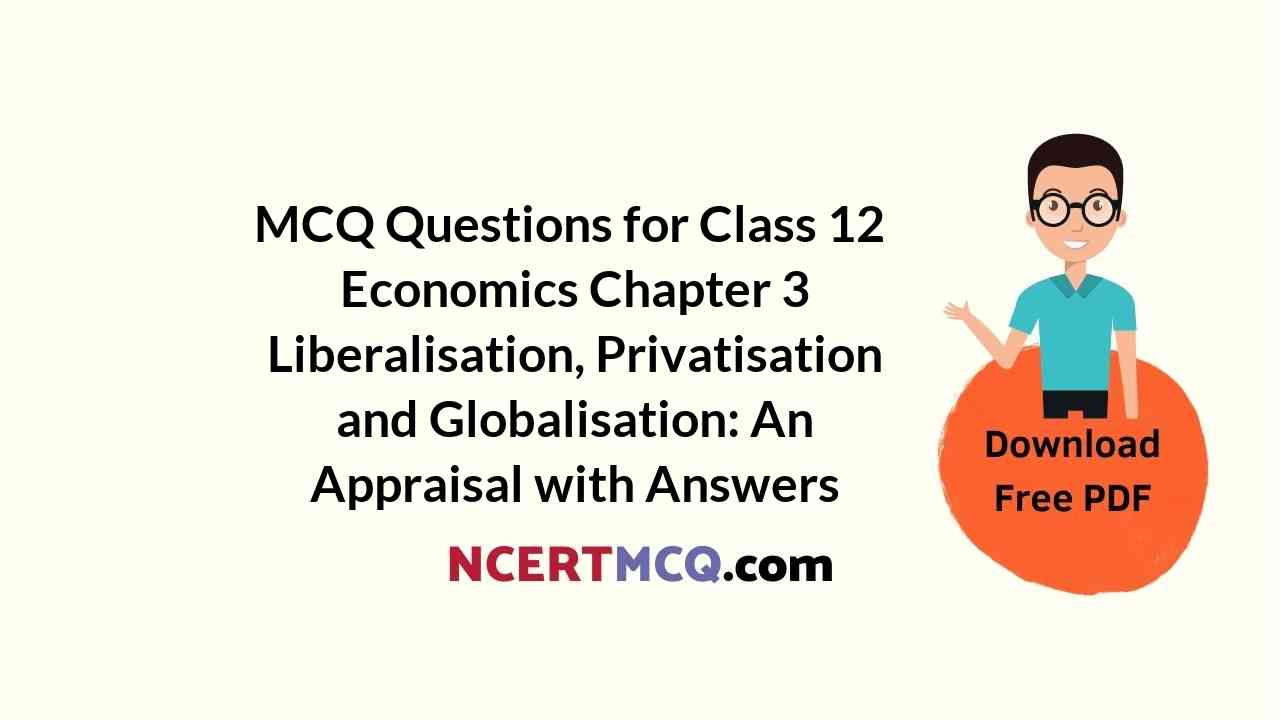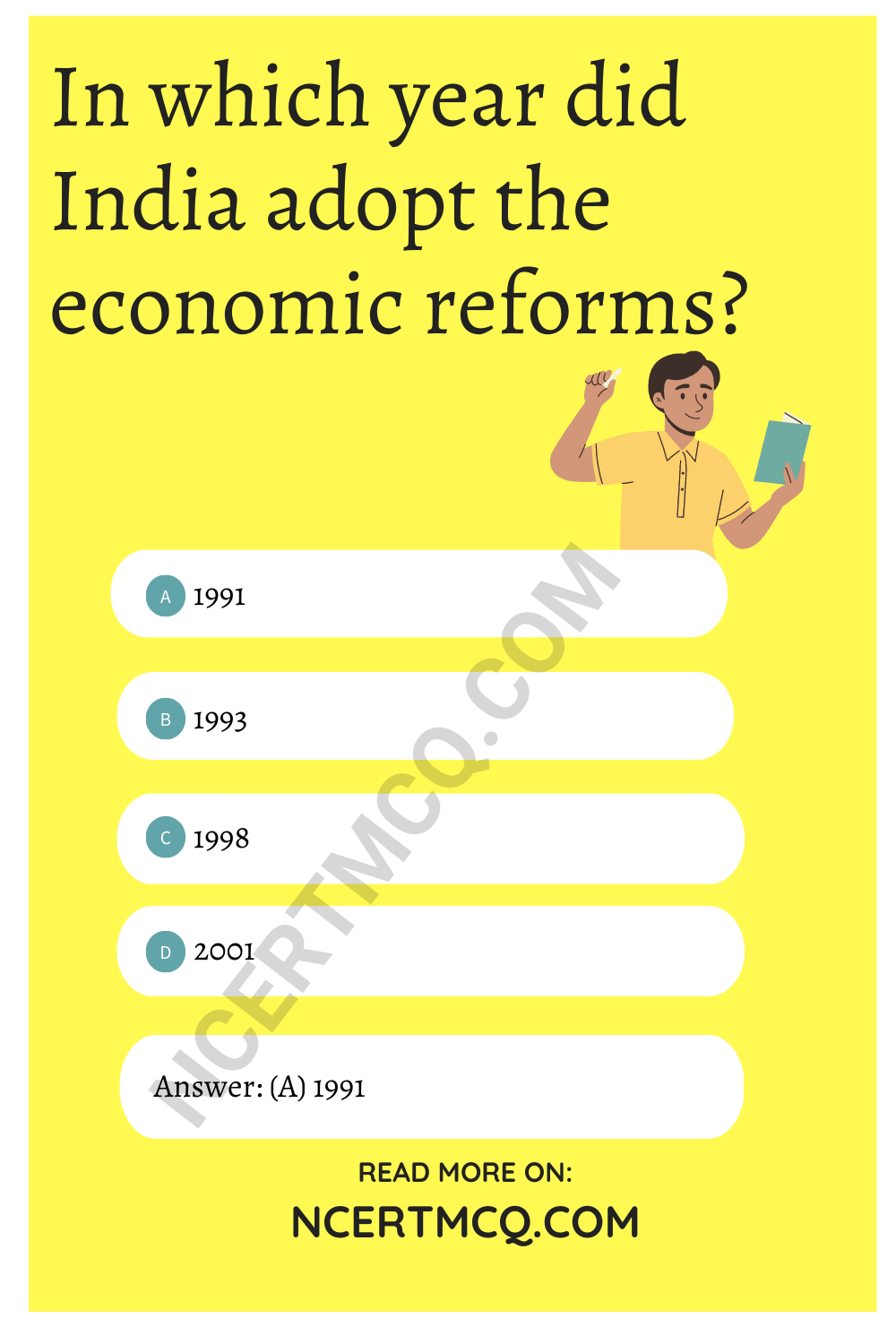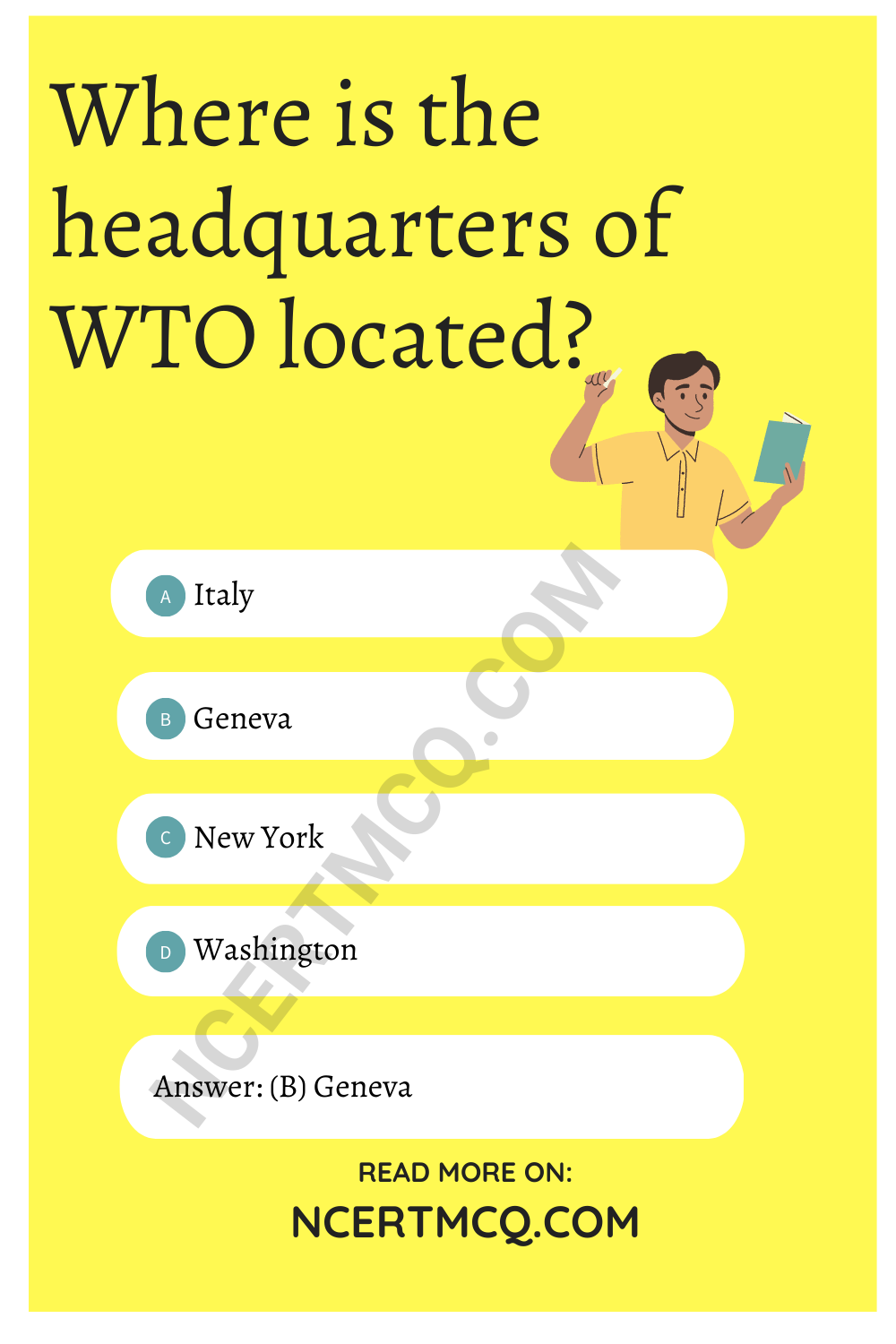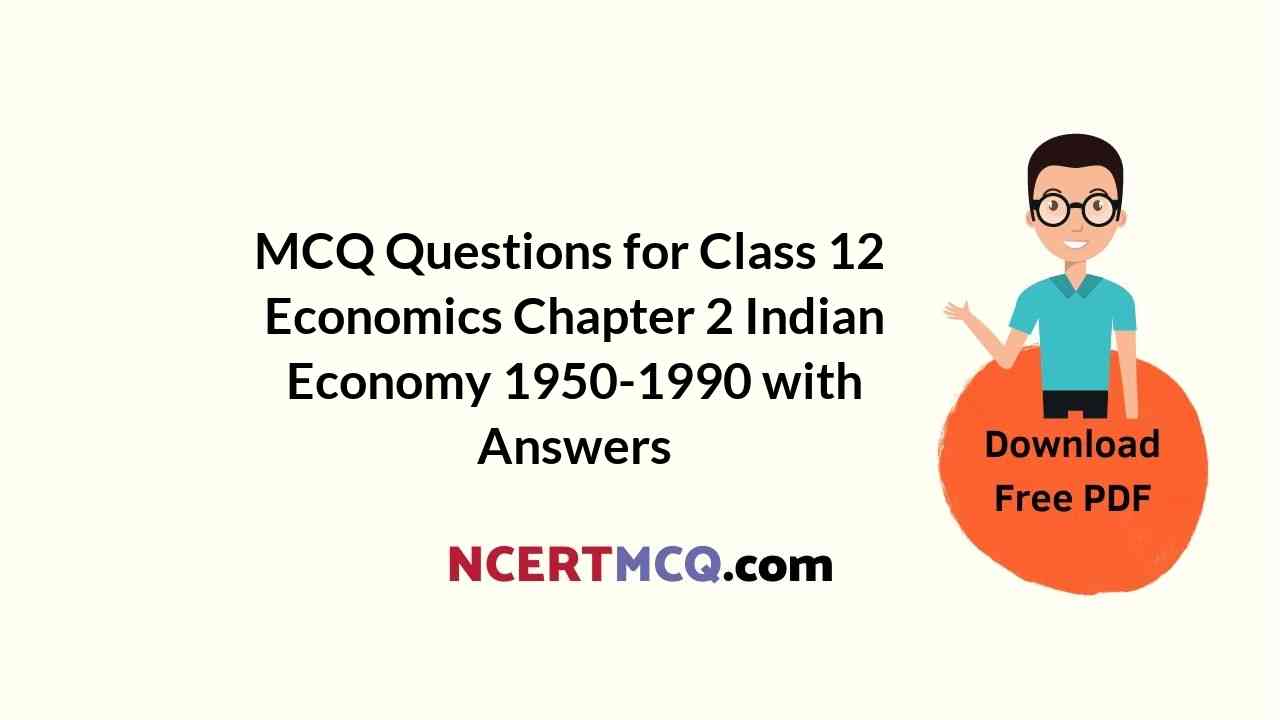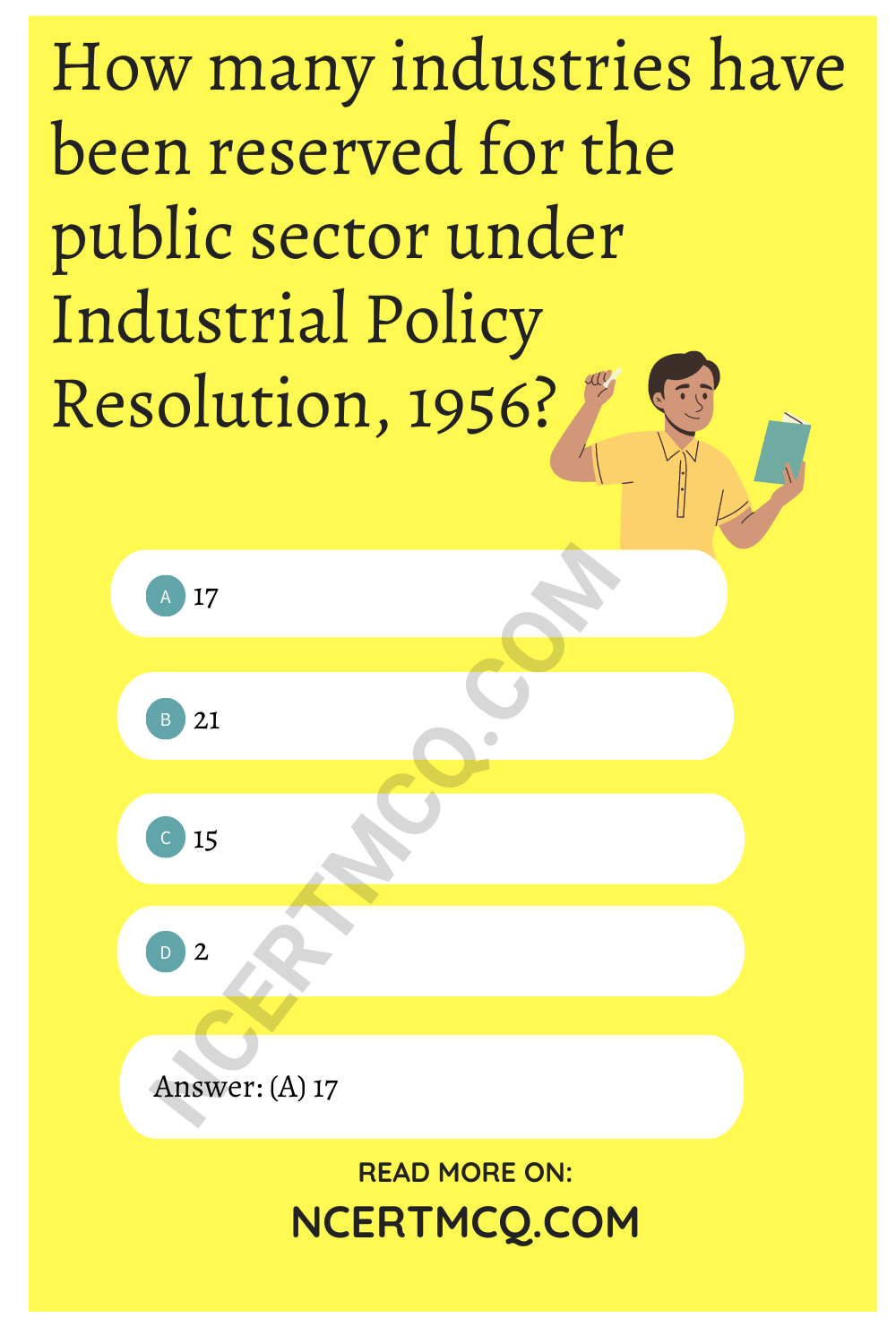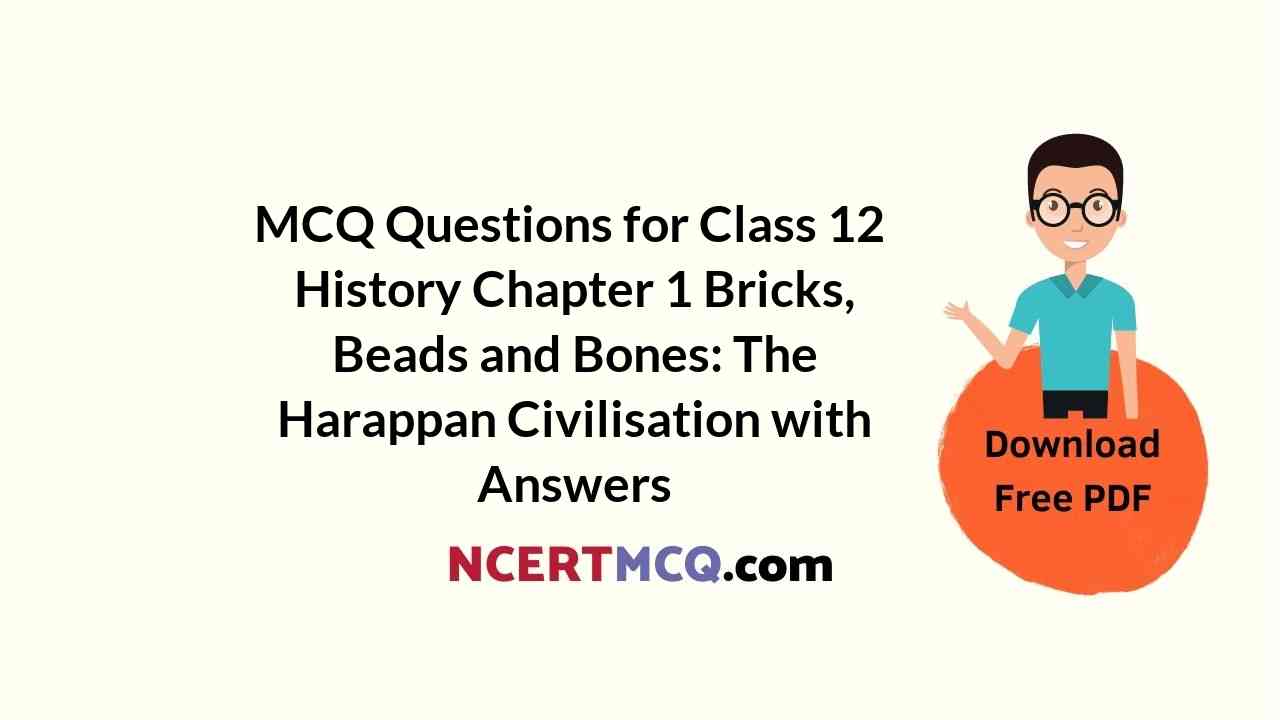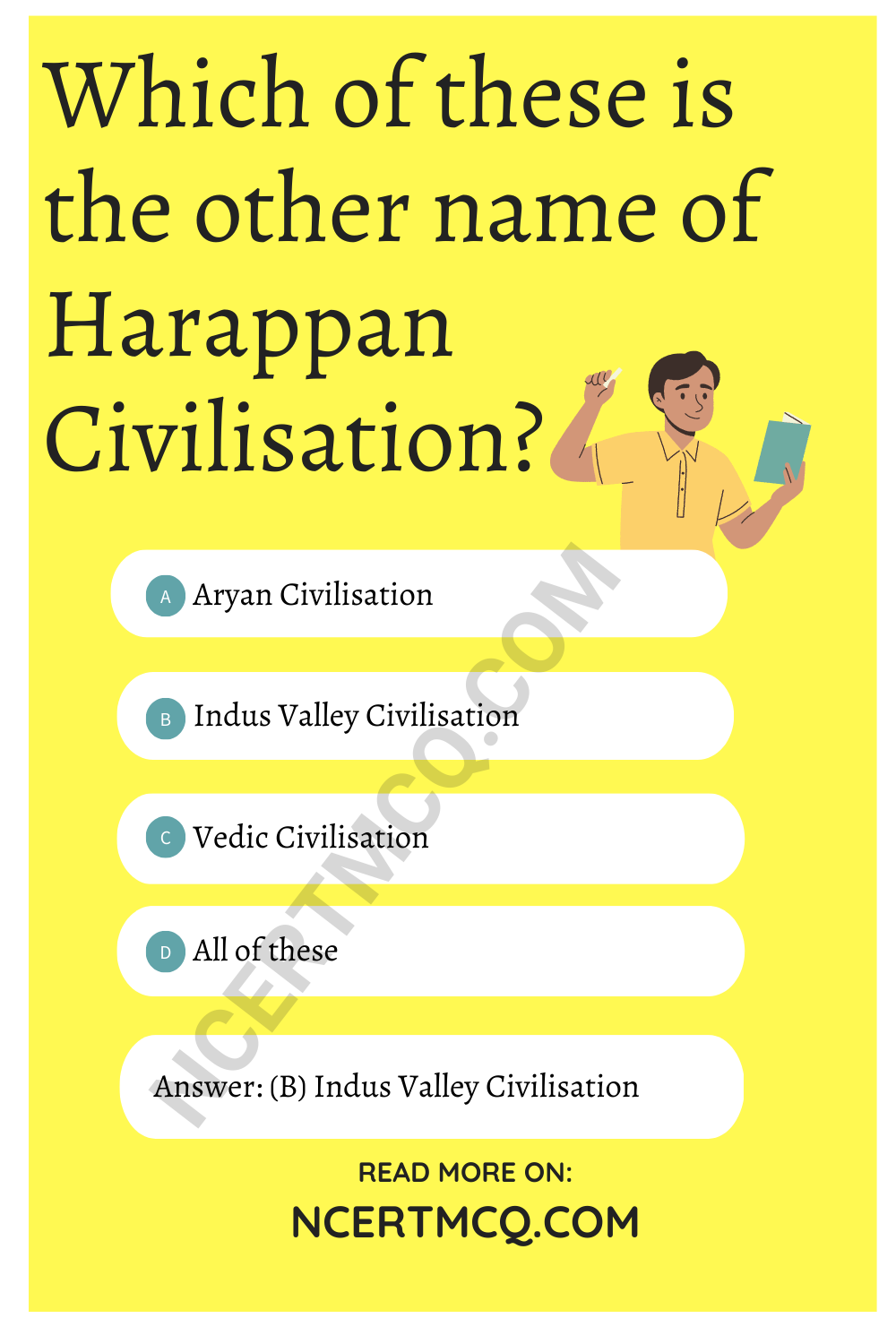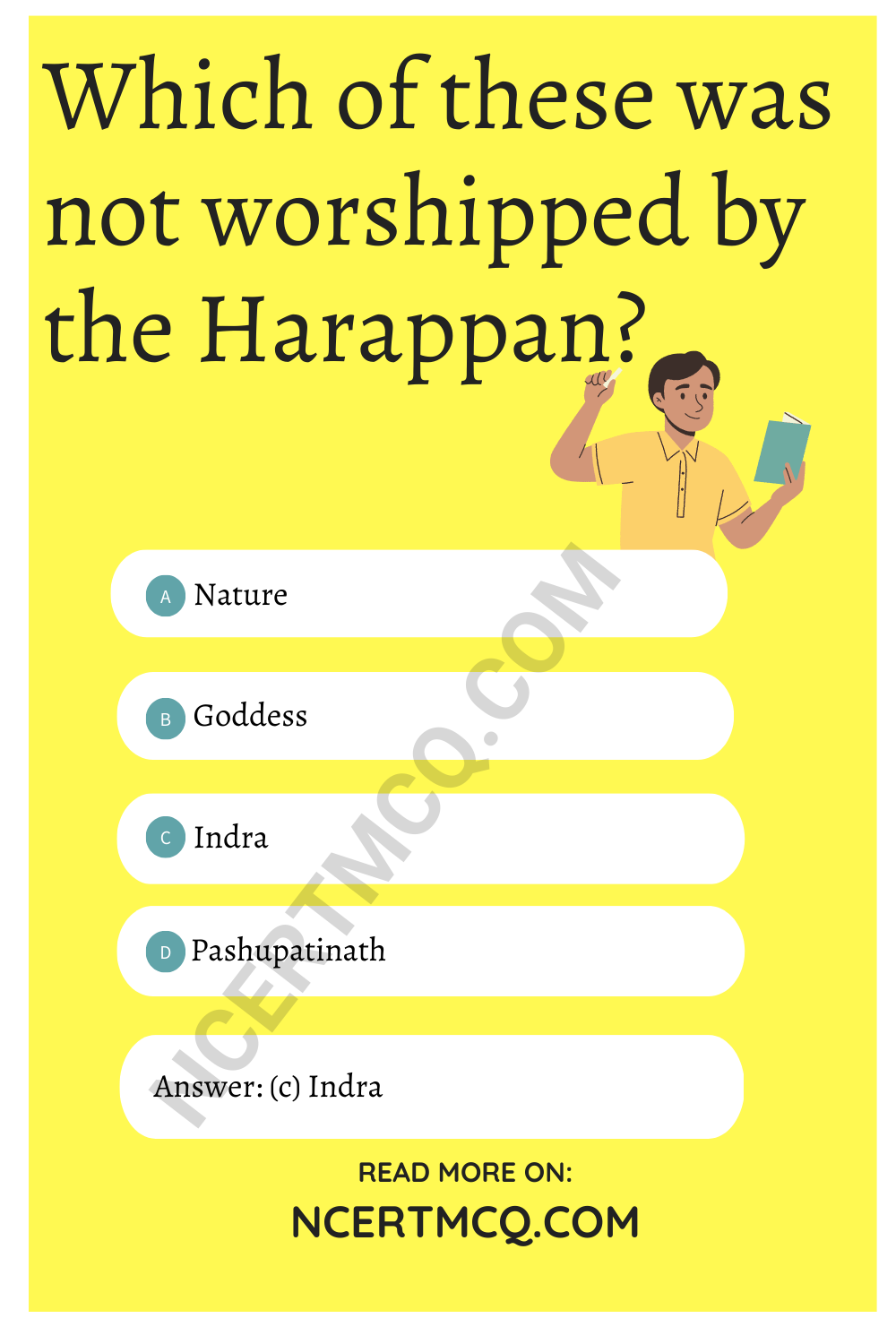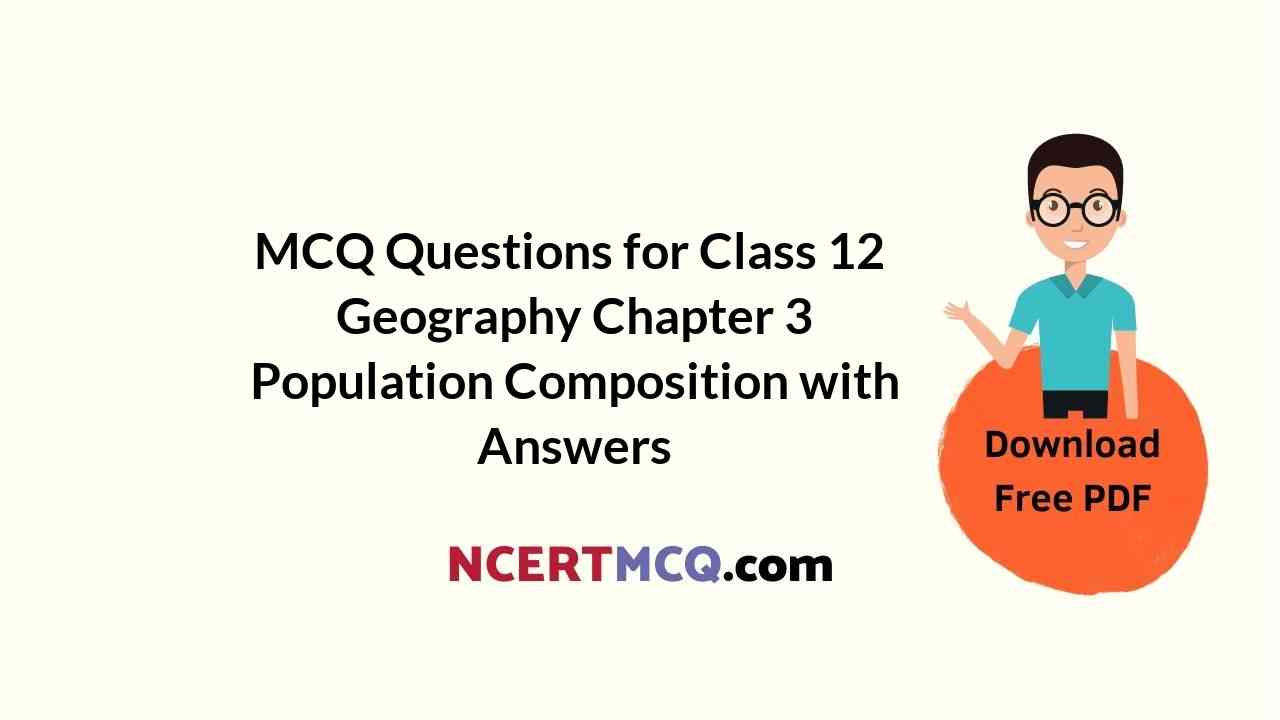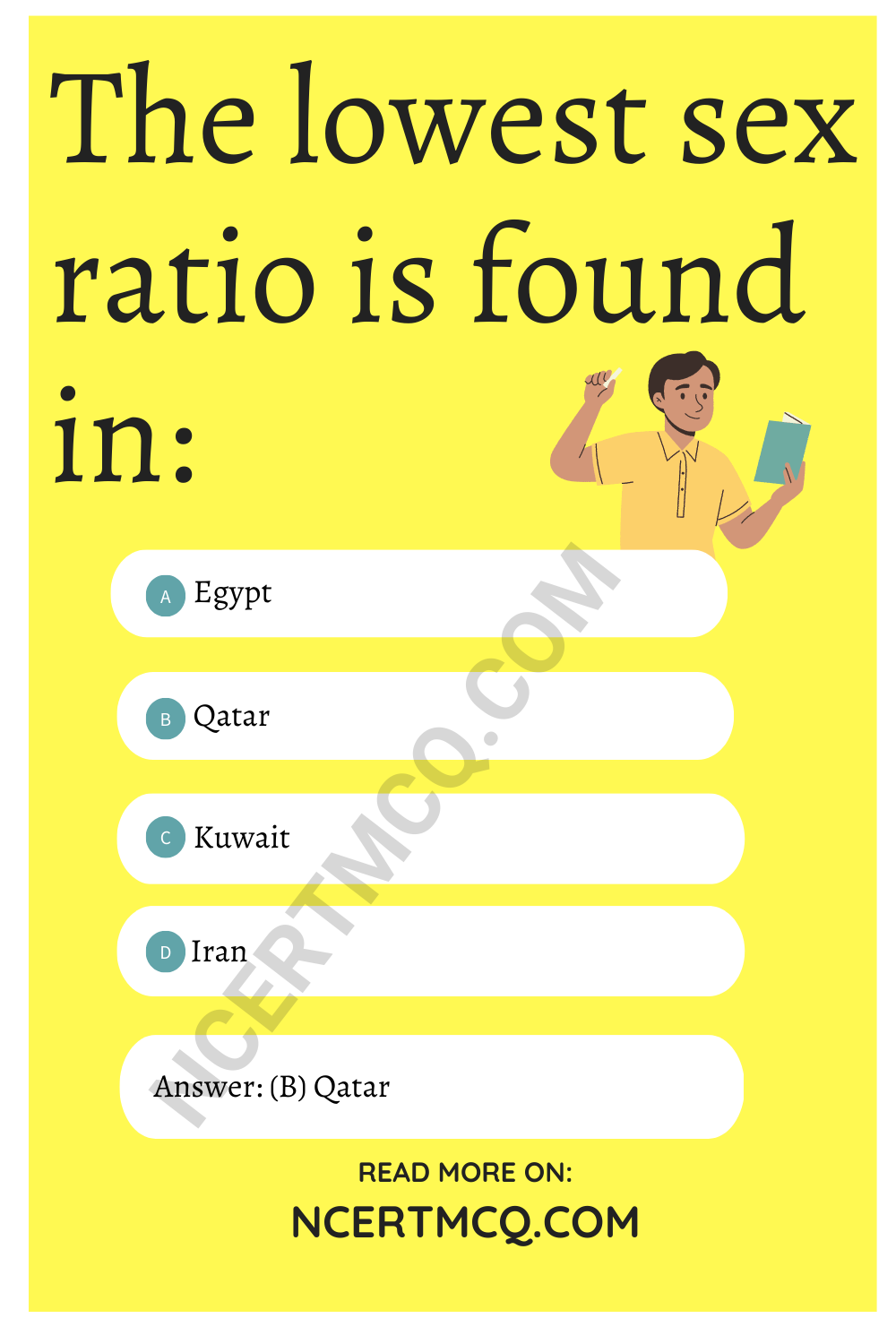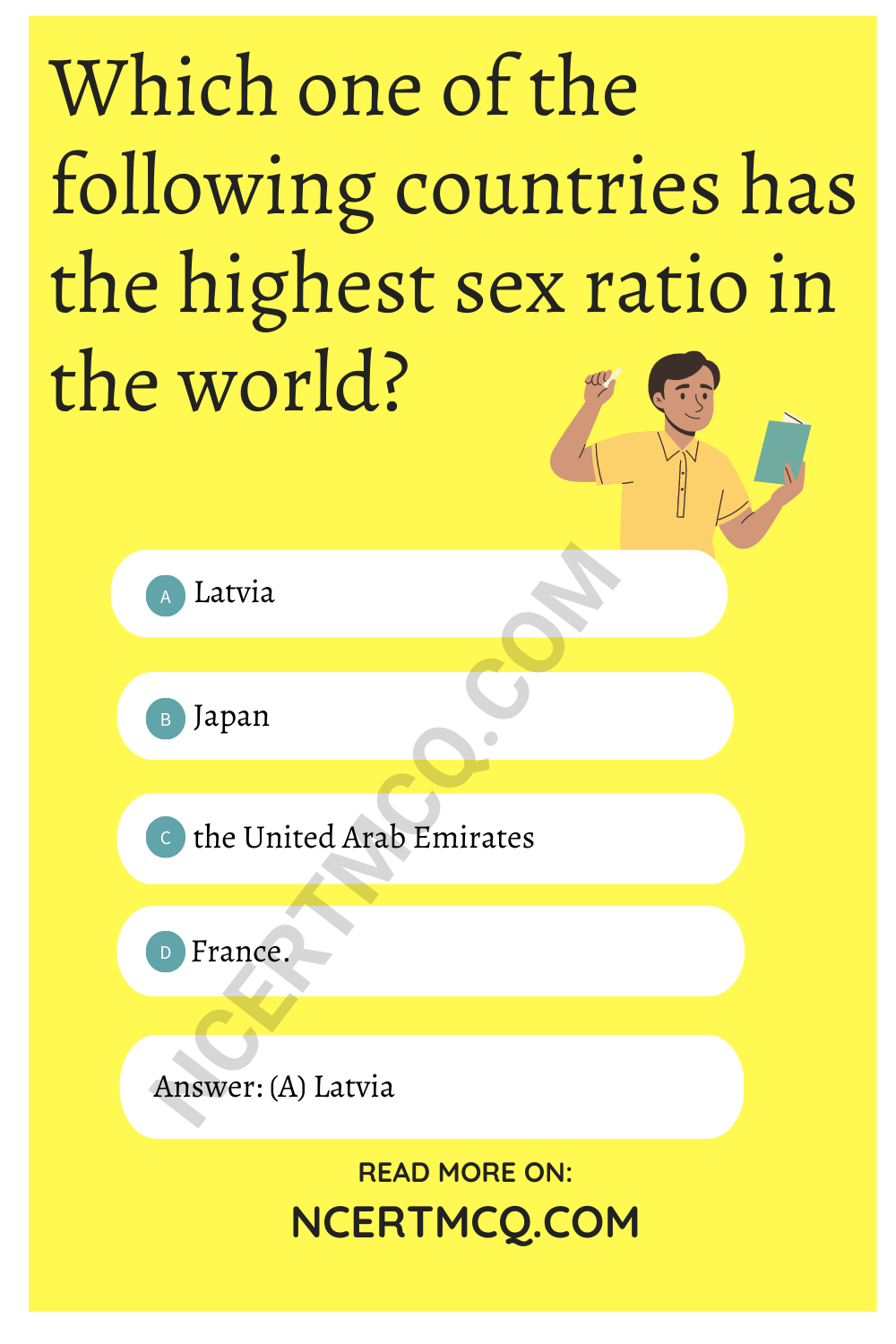Check the below NCERT MCQ Questions for Class 12 Geography Chapter 10 Human Settlements with Answers Pdf free download. MCQ Questions for Class 12 Geography with Answers were prepared based on the latest exam pattern. We have provided Human Settlements Class 12 Geography MCQs Questions with Answers to help students understand the concept very well.
Class 12 Geography Chapter 1 Human Settlements MCQ With Answers
Geography Class 12 Chapter 1 MCQs On Human Settlements
Human Settlement Class 12 MCQ Question 1.
Which settlement pattern is found along coasts?
(A) Rectangular
(B) Linear
(C) Triangular
(D) Star-like
Answer
Answer: (B) Linear
Human Settlement Class 12 MCQ With Answers Question 2.
How many million towns are there in the world?
(A) 300
(B) 350
(C) 400
(D) 438
Answer
Answer: (D) 438
Human Settlement Class 12 MCQ Questions Question 3.
Which town has the in the world?
(A) Mexico City
(B) London
(C) Tokyo
(D) Mumbai
Answer
Answer: (C) Tokyo
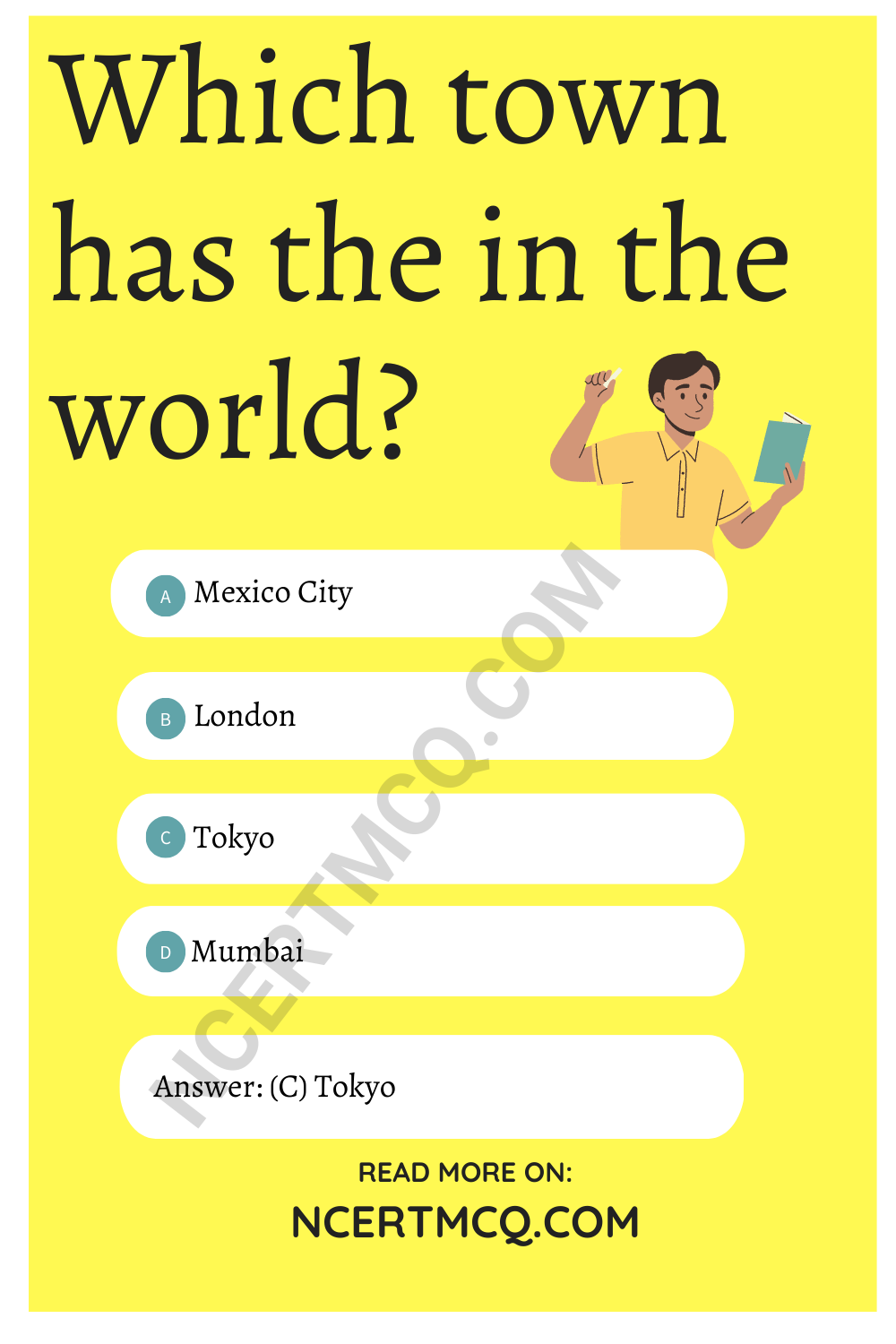
Human Settlements MCQ Class 12 Question 4.
How much percent is the urban population in the world?
(A) 38%
(B) 42%
(C) 48%
(D) 58%
Answer
Answer: (C) 48%
Human Settlement MCQ Question 5.
What is the population of a megacity?
(A) 60 lakh
(B) 70 lakh
(C) 80 lakh
(D) 100 lakh
Answer
Answer: (D) 100 lakh
MCQ Of Human Settlement Class 12 Question 6.
How many megacities are there in the world in 2013?
(A) 15
(B) 20
(C) 22
(D) 24
Answer
Answer: (D) 24
Class 12 Human Settlement MCQ Question 7.
Which is the largest town in Asia?
(A) Shanghai
(B) Mumbai
(C) Tokyo
(D) Karachi
Answer
Answer: (C) Tokyo
Class 12 Geography Human Settlement MCQ Question 8.
What is the population of an urban town in India?
(A) 2000
(B) 4000
(C) 5000
(D) 6000
Answer
Answer: (C) 5000
Human Settlements MCQ Question 9.
Igloos are found in the region:
(A) Tundra
(B) Savana
(C) Selvas
(D) Sleppes
Answer
Answer: (A) Tundra
Human Settlements Class 12 MCQ Question 10.
London is a city of this type:
(A) Trade
(B) Port city
(C) Religious city
(D) Industrial city
Answer
Answer: (B) Port city
Human Settlements MCQ Questions Question 11.
Which one of the following forms of settlement develops along either side of roads, rivers, or canals?
(A) Circular
(B) Linear
(C) Cross-shaped
(D) Square
Answer
Answer: (B) Linear
MCQ On Human Settlement Class 12 Question 12.
Which one of the following types of economic activities dominates in all rural settlements?
(A) Primary
(B) Tertiary
(C) Secondary
(D) Quaternary
Answer
Answer: (A) Primary
Human Settlement Class 12 MCQs Question 13.
In which of the following regions has the oldest well-documented urban settlement found?
(A) Huang He Valley
(B) Indus Valley
(C) Nile Valley
(D) Mesopotamia
Answer
Answer: (B) Indus Valley
Human Settlement MCQ Class 12 Question 14.
How many of the following cities in India have attained the million status at the beginning of 2011?
(A) 40
(B) 42
(C) 54
(D) 43
Answer
Answer: (C) 54
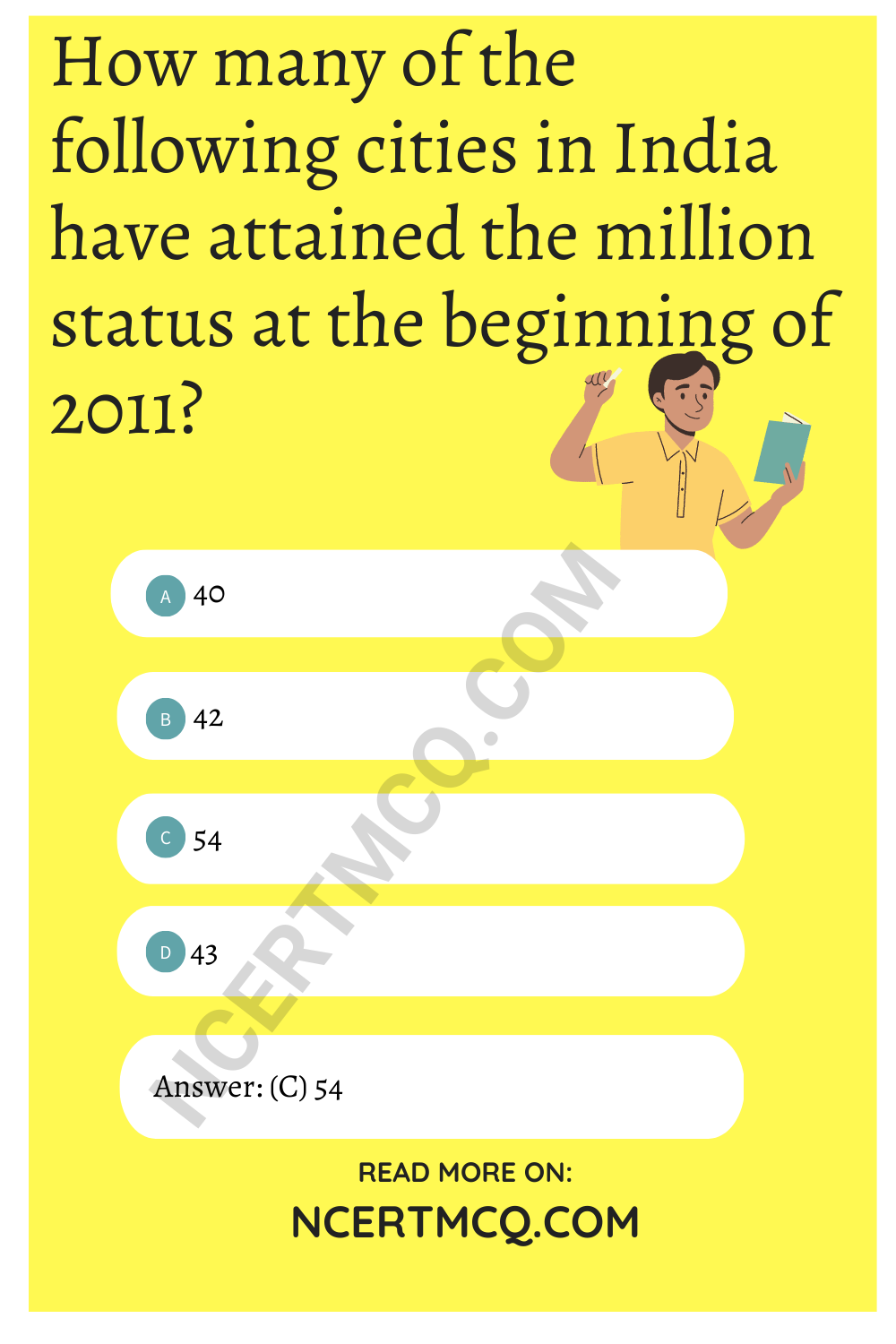
Human Settlement MCQs Question 15.
Sufficiency of which type of resources can help to create adequate social infrastructure catering to the needs of the large population in the developing countries?
(A) Financial
(B) Human
(C) Natural
(D) Social
Answer
Answer: (A) Financial
We hope the given NCERT MCQ Questions for Class 12 Geography Chapter 10 Human Settlements with Answers Pdf free download will help you. If you have any queries regarding CBSE Class 12 Geography Human Settlements MCQs Multiple Choice Questions with Answers, drop a comment below and we will get back to you soon.
Class 12 Geography with Answers MCQ:
- Human Geography: Nature and Scope Class 12 MCQ
- The World Population: Distribution, Density and Growth Class 12 MCQ
- Population Composition Class 12 MCQ
- Human Development Class 12 MCQ
- Primary Activities Class 12 MCQ
- Secondary Activities Class 12 MCQ
- Tertiary and Quaternary Activities Class 12 MCQ
- Transport and Communication Class 12 MCQ
- International Trade Class 12 MCQ
- Human Settlements Class 12 MCQ
